775 S. Main, Suite C, Logan UT 84321
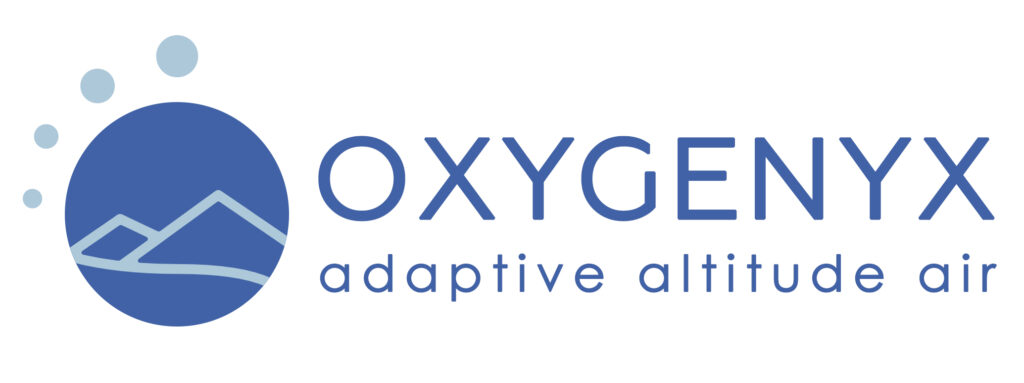
Oxygenyx, powered by thinAir, delivers Adaptive Altitude Air training, which falls under the scientific category of intermittent hypoxic training:
Adaptive: Personalized and optimized to your body’s real-time response.
Altitude Air: Delivering intermittent hypoxic / low-oxygen air.
Training: Part of a custom-built program designed to strengthen your body over time.
Our patented process is highly unique in the way that it adjust to your body’s specific needs.
At this stage, we want to be cautious not to make any specific claims regarding the benefits you will receive. We encourage you to come and see for yourself, and only once you experience the results do we expect you to pay. However, we invite you to explore the scientific literature pertaining to intermittent hypoxic training below:
Intermittent Hypoxic Training (IHT) involves exposing individuals to alternating periods (minutes) of low oxygen (hypoxia) and normal oxygen (normoxia) conditions. This training aims to simulate the effects of high-altitude environments and early scientific study shows multiple health benefits.
The study of hypoxic conditions in the body and its cells has grown significantly over the past 30 years after the discovery of Hypoxia-inducible factor (HIF).
HIF is a transcription factor that plays a central role in regulating gene expression (how the body changes or adapts to different stresses) in response to low oxygen levels in the cells and tissues. As cells are exposed to low oxygen levels, they adapt by activating genes that promote various responses, including angiogenesis (formation of new blood vessels), glycolysis (a metabolic process that doesn’t require oxygen), and erythropoiesis (production of red blood cells).
Below is a summary about HIF, along with some of the benefits IHT has shown in early research. This is just a sampling of articles:
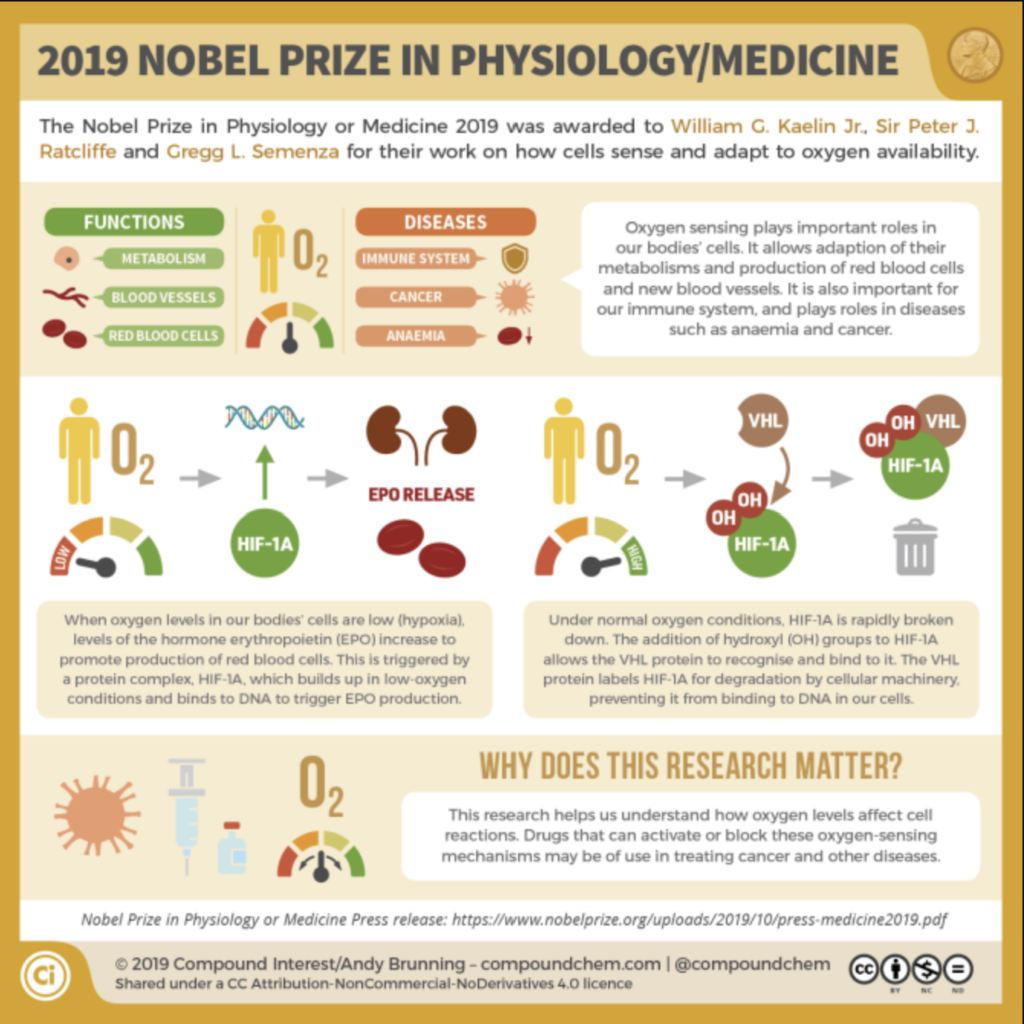
First discovered in the early 1990’s, Hypoxemia Inducible Factor (HIF) has since been the subject of 1000’s of articles of research. In some cases such as cancer and inflammatory pathologies, a prolonged HIF pathway leads to inflammation (negative effect). However these same pathways can also be used by healthy cells to improve their function and help heal diseased or damaged tissues.
The role of HIF is so important that The Nobel Prize in Physiology or Medicine in 2019 was awarded jointly to three scientists who pioneered the research on HIF and the bodies response to hypoxemia.
As of today much is known (and still unknown) about HIF and it’s gene expression pathways. But the science is rapidly progressing and we expect that IHT (Intermittent Hypoxic Training) can provide a beneficial way of harnessing the HIF pathway (and other cell pathways) to help heal the body. Prolonged hypoxic stress as seen in diseases such as Obstructive Sleep Apnea or Chronic Obstructive Pulmonary Disease have deleterious downstream effects on health. But in short controlled exposures, hypoxemia can help the body adapt and optimize multiple cellular functions.
Lee CC, Wu CY, Yang HY. Discoveries of how cells sense oxygen win the 2019 Nobel Prize in Physiology or medicine. Biomed J. 2020 Oct;43(5):434-437. doi: 10.1016/j.bj.2020.05.019. Epub 2020 Jun 3. PMID: 33012698; PMCID: PMC7680809.
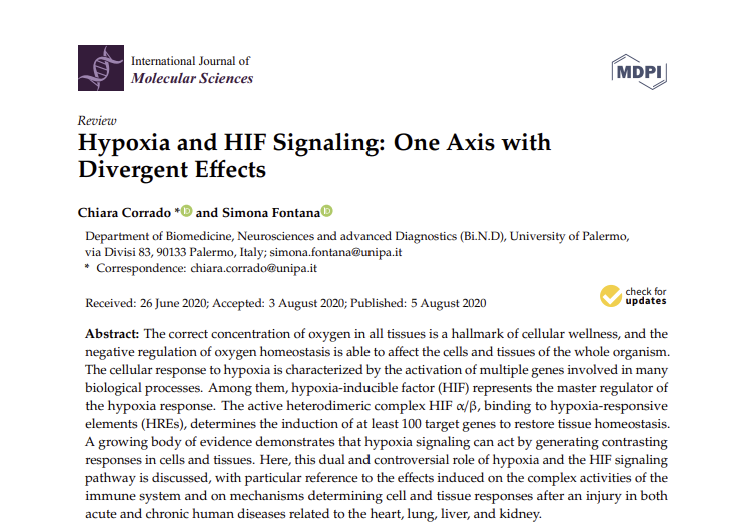
HIF is key to transcription of more than 100 target genes including several that affect new blood vessel growth, red blood cell growth and the immune system response.
Corrado C, Fontana S. Hypoxia and HIF Signaling: One Axis with Divergent Effects. Int J Mol Sci. 2020 Aug 5;21(16):5611. doi: 10.3390/ijms21165611. PMID: 32764403; PMCID: PMC7460602.
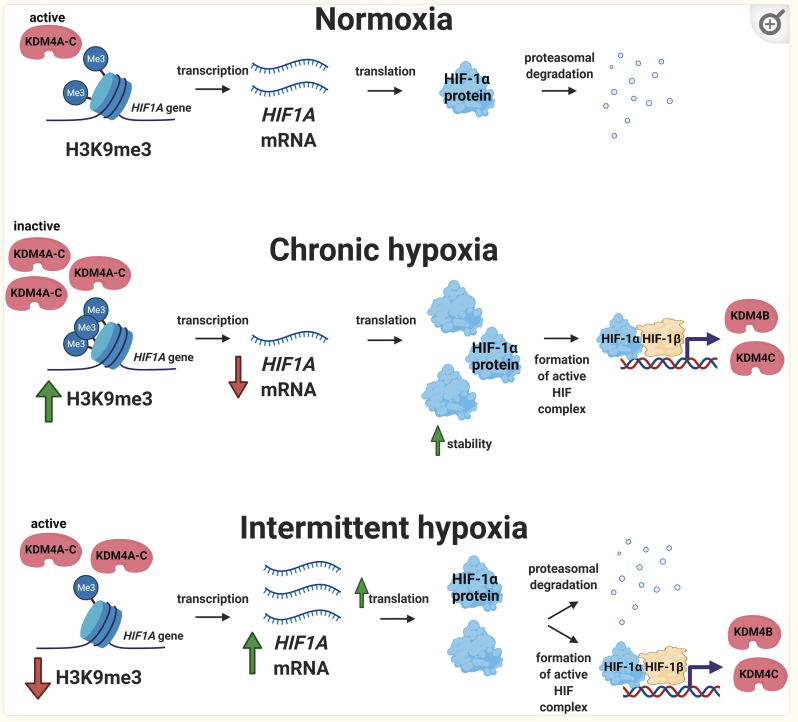
IHT can increase HIF expression in the body compared to chronic hypoxia.
Chloe-Anne Martinez et al. Intermittent Hypoxia Enhnaces the Expression of hypoxia inducible factor HIF1A through histone demethylation. Journal of Biological Chemistry, VOLUME 298, ISSUE 11, 102536, NOVEMBER 2022
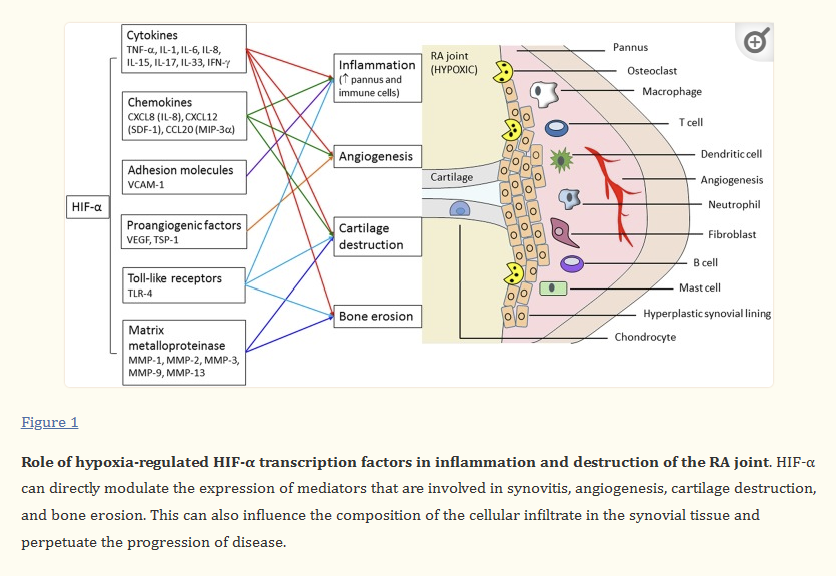
HIF is a pathway as a target for treatment of Rheumatoid Arthritis.
Hua, Susan, and Thilani H. Dias. “Hypoxia-inducible factor (HIF) as a target for novel therapies in rheumatoid arthritis.” Frontiers in pharmacology 7 (2016): 184.
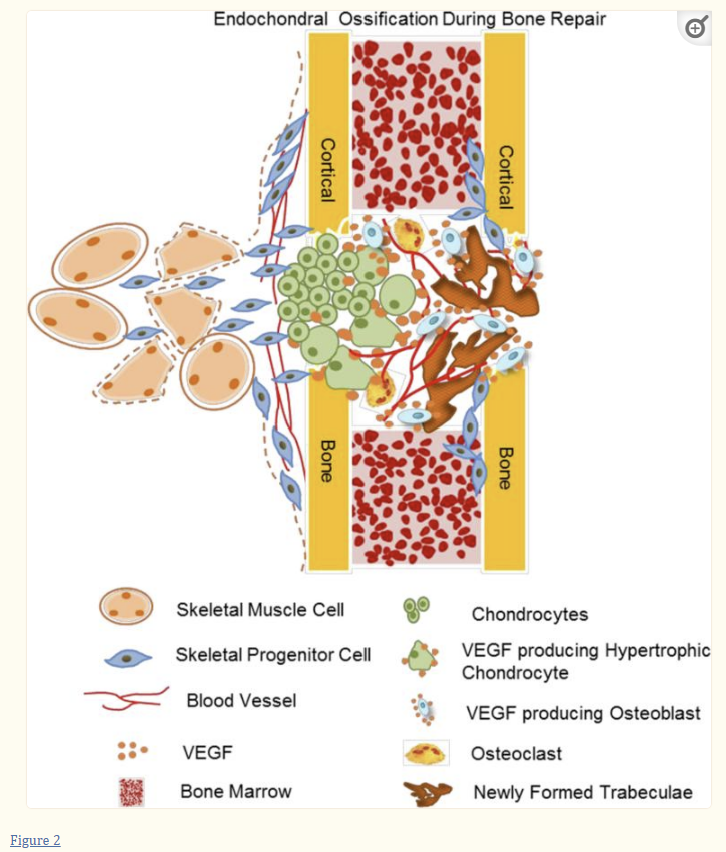
VEGF (Vascular Endothelial Growth Factor) which increases in response to HIF has a potential role in bone regeneration (and destruction) depending on it’s exposure time during injury or rebuilding.
Kai Hu, Bjorn R. Olsen, The roles of vascular endothelial growth factor in bone repair and regeneration, Bone, Volume 91, 2016, Pages 30-38, ISSN 8756-3282, https://doi.org/10.1016/j.bone.2016.06.013.
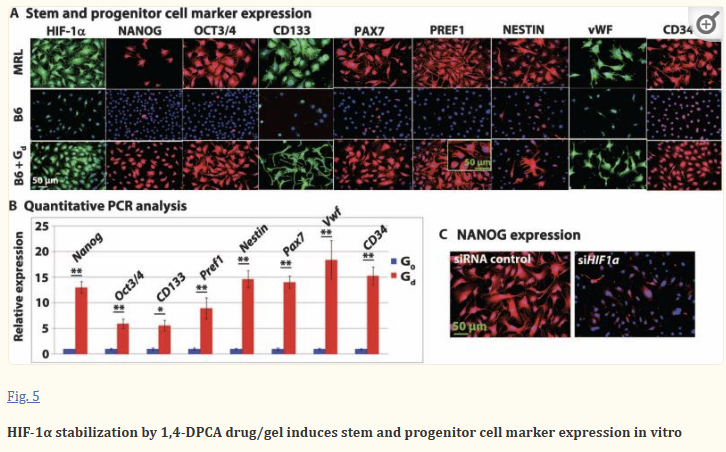
Increasing HIF in traumatized tissue, can lead to regeneration of cartilage and other tissues needed for rebuilding and restoring injuries.
Zhang Y, Strehin I, Bedelbaeva K, Gourevitch D, Clark L, Leferovich J, Messersmith PB, Heber-Katz E. Drug-induced regeneration in adult mice. Sci Transl Med. 2015;290.